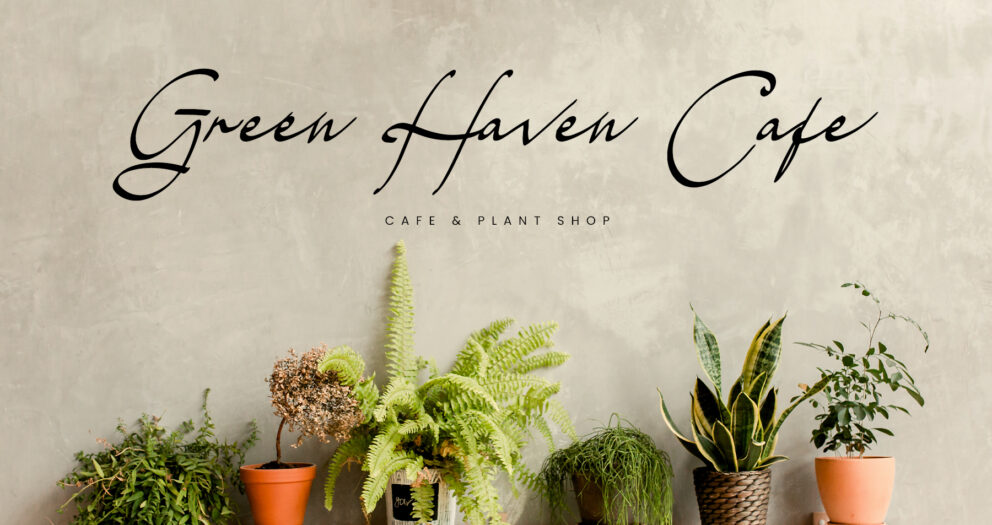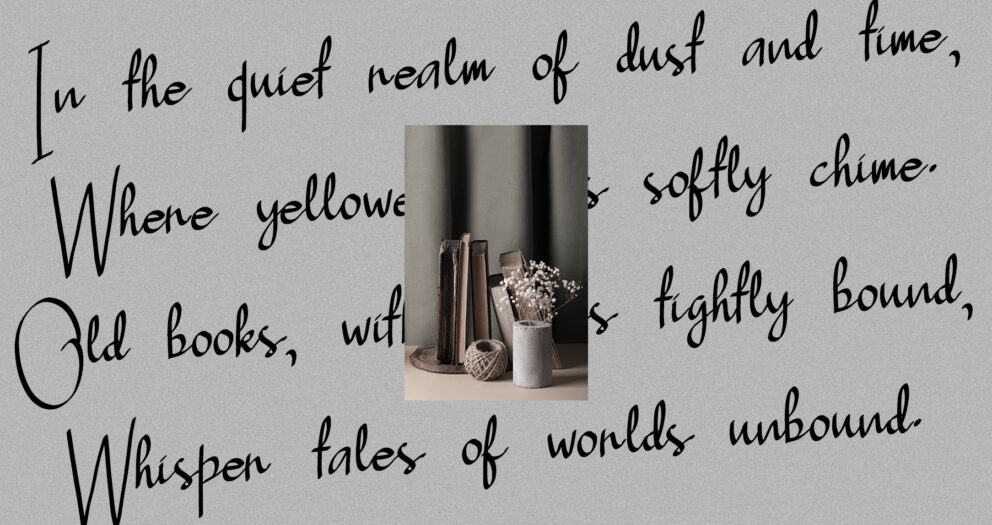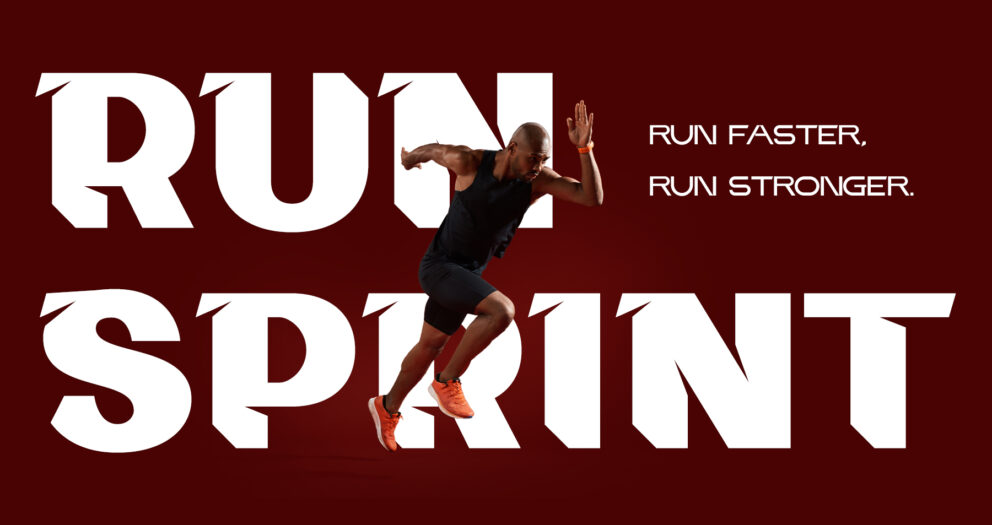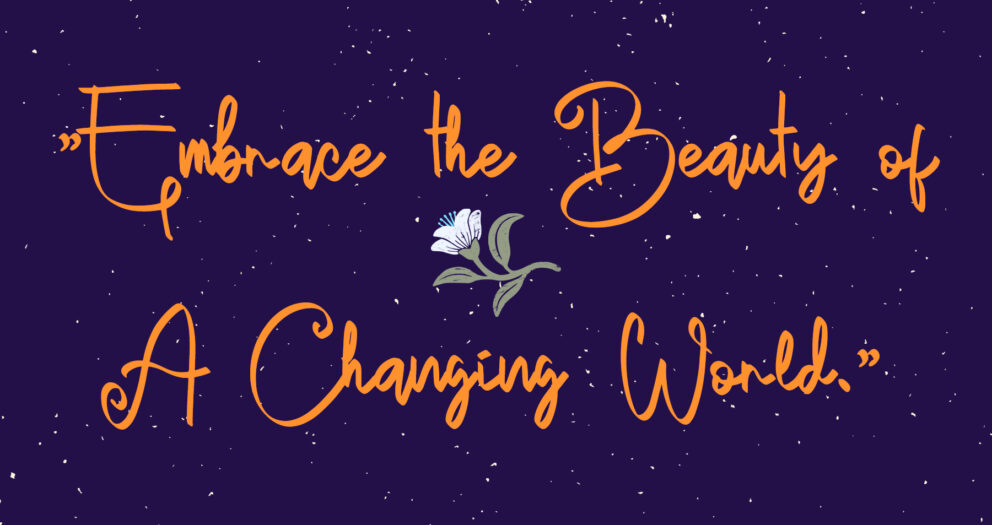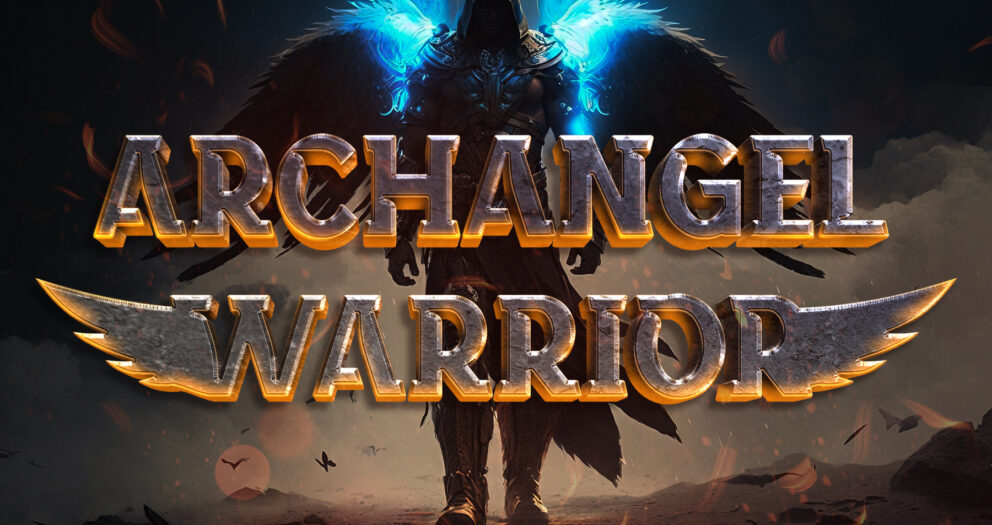Introduction
Imagine a world where every letter you read starts as a mere flicker of an idea, a stroke of a pencil. This is the world of digital font creation, a blend of artistry, technology, and meticulous craftsmanship. Let’s embark on the fascinating journey from the initial sketches to the final digital form of a font.
The Birth of an Idea
Conceptualization
Every font begins as an idea. It could be inspired by anything – a historical era, a geometric shape, or even a mood. Designers often start with a concept, a feeling they want the font to convey. For our story, let’s imagine a font inspired by the fluidity of water, aptly named ‘AquaFlow.’
Sketching the Vision
The first tangible step in creating ‘AquaFlow’ is sketching. With pencil and paper, the designer experiments with shapes and forms, drawing letters that embody the essence of flowing water. This stage is about creativity and exploration, where lines curve and bend like waves.
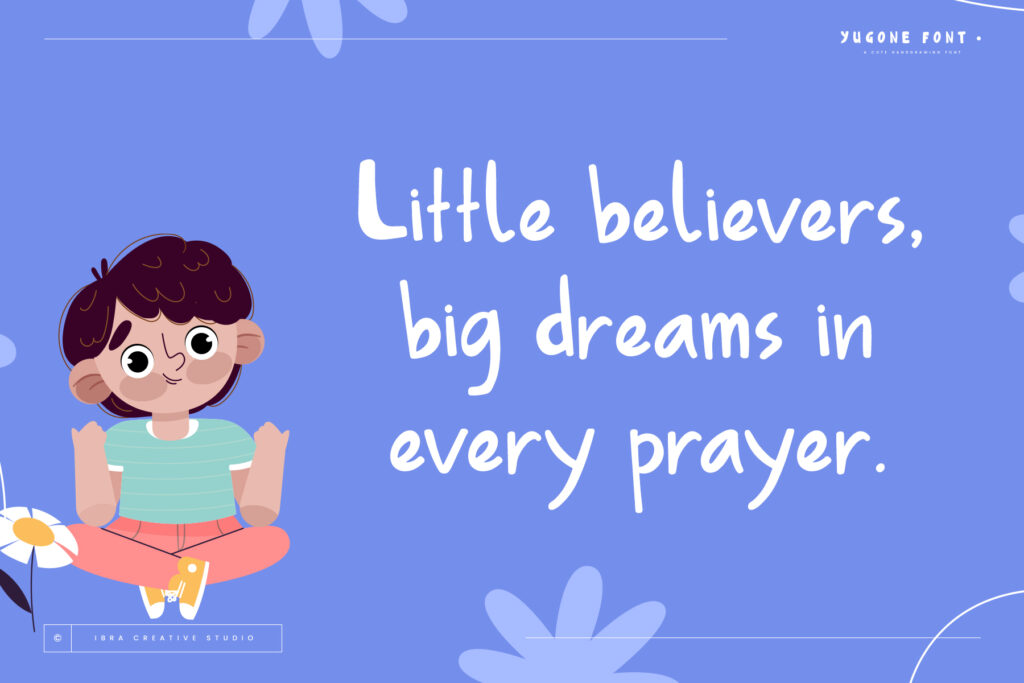
Digitizing the Dream
Scanning and Vectorizing
Once the sketches of ‘AquaFlow’ feel just right, they’re scanned into a computer. Using software like Adobe Illustrator, the sketches are converted into vector graphics. This means each letter is no longer a static drawing but a series of adjustable points and curves.
Refining the Details
In the digital space, ‘AquaFlow’ begins to take on a more defined shape. The designer adjusts the thickness of the strokes, the curvature of the letters, and the spacing. This is a meticulous process, ensuring that each letter not only looks beautiful on its own but also harmonious when placed next to others.
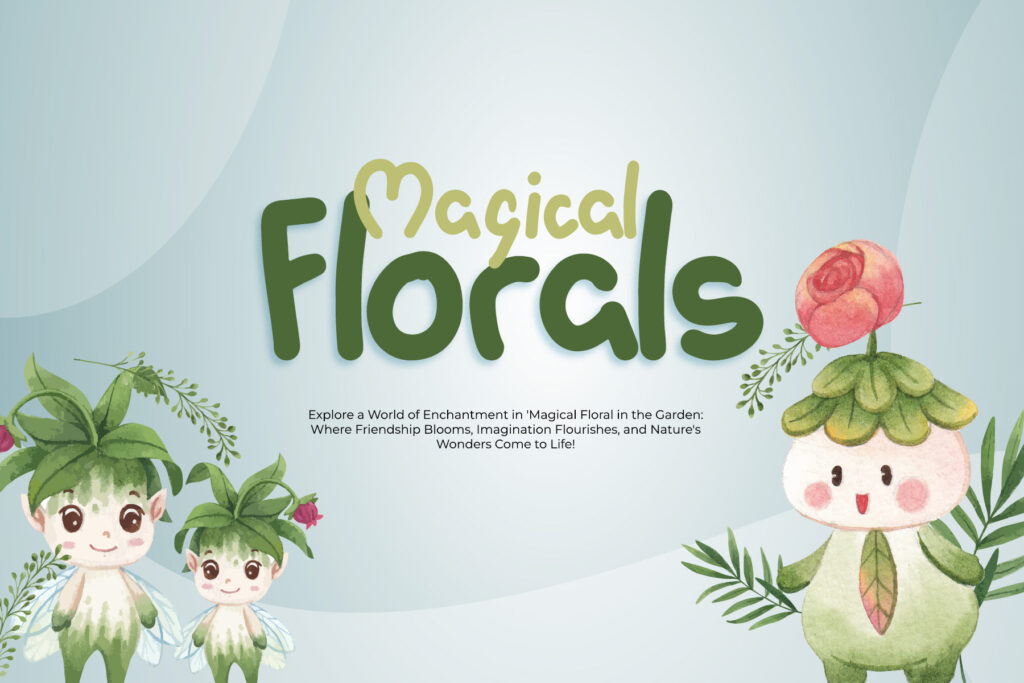
Testing and Tweaking
On-Screen Legibility
‘AquaFlow’ now faces the test of on-screen legibility. It’s tested in various sizes and weights, ensuring it’s readable and aesthetically pleasing on different devices and resolutions.
Feedback and Iteration
Designers often seek feedback from peers or potential users. Based on this, ‘AquaFlow’ undergoes several rounds of iteration. This could mean tweaking a curve here, adjusting a spacing there – all in pursuit of typographic perfection.

The Final Leap: From Digital Font to User Screens
Font File Creation
Once ‘AquaFlow’ passes all tests, it’s time to create the actual font files. Tools like FontLab or Glyphs are used to package the typeface into formats like TTF or OTF, compatible with various operating systems and applications.
Release and Reception
Finally, ‘AquaFlow’ is ready to make its debut. It’s released on font platforms or the designer’s website, ready to flow into the projects of creative professionals and hobbyists alike.
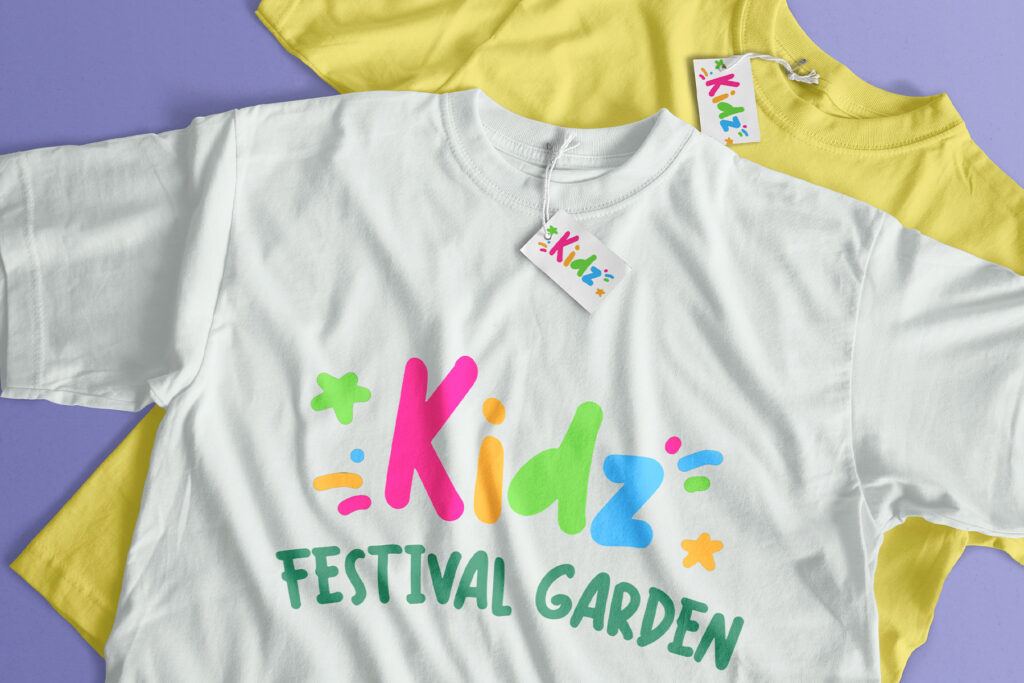
Conclusion
The creation of ‘AquaFlow’ is a story of passion, patience, and precision. It’s a reminder of the intricate process behind the fonts we see every day – each a product of imagination and hard work, from sketch to screen. As Beatrice Warde, a famous typographer, once said, “A printing type is a work of art.” ‘AquaFlow’ is not just a set of characters; it’s a digital sculpture, shaped one curve at a time, ready to add its rhythm to the symphony of typed words worldwide.
Explore More Fonts

